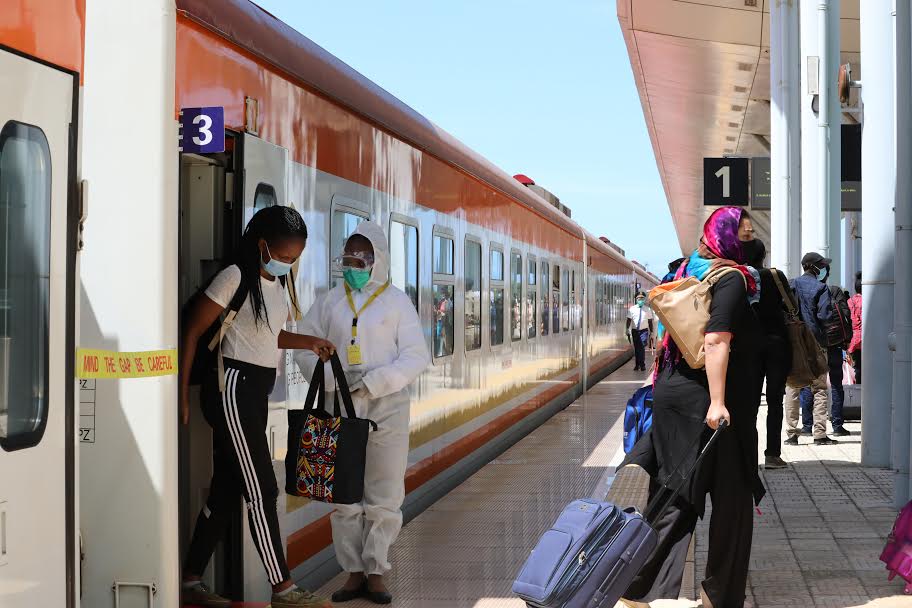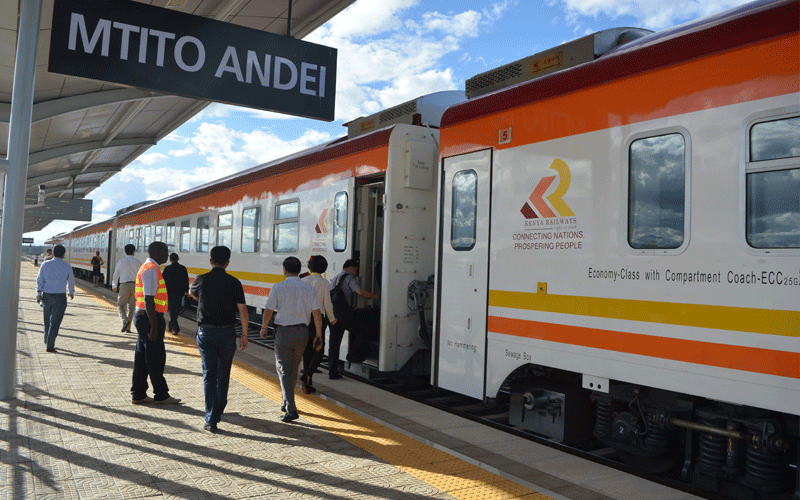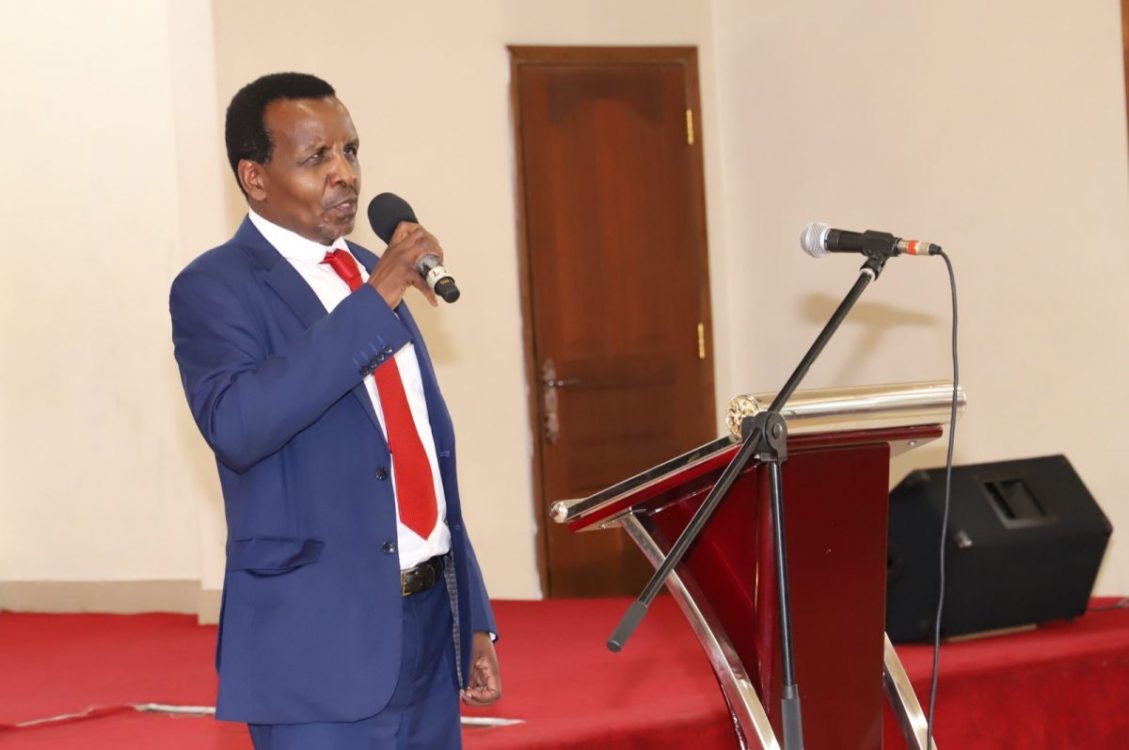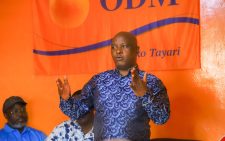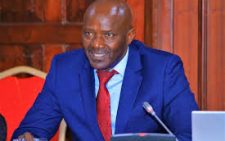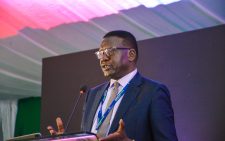MGR revival on course as SGR marks fourth anniversary

Kiendi Ndambuki
When the transport sector’s history is written, Madaraka Express passenger and cargo services will occupy an important chapter.
As it marks its fourth anniversary today, Madaraka Express has revolutionised travel in the country, offering unmatched charm and tranquility.
Operated by the Africa Star Railway Operation Company (Afristar), in conjunction with the Kenya Railways Corporation (KRC), Madaraka Express passenger trains travel at a speed of 120km/h, condensing travel time between destinations.
The service has fostered new investment opportunities for Kenyans and thus contributed to community wellbeing and economic growth. Local tourism has also been greatly impacted.
Additionally, the service has impacted positively on the lives of many Kenyans through direct and indirect employment.
Since its inception, Madaraka Express has ferried more than 5.32 million passengers.
Between January 2018 and April this year, the trains moved a total of 12,875,402 tonnes of cargo.
It is noteworthy the changing landscape of the railway transport poses significant human resource challenges.
For this reason, operators must develop knowledge transfer best practices to ensure vital information and skills are retained within the industry.
For Madaraka Express, having a process in place to transfer skills from seasoned, departing Chinese employees to Kenyans will help the operator implement succession planning and provide ongoing training to prepare the workforce to adapt to change brought about by new technologies.
Against this background, Afristar has designed various training programmes to develop competencies standardised or recognised internationally for various cadres of staff.
KRC, in collaboration with Afristar, has made a conscious decision to put in place tailored strategies to improve and revitalise services to fill a void that has existed for a long time.
In its quest to bolster economic recovery following a disruption caused by Covid, KRC recently completed refurbishment of the Metre Gauge Railway (MGR), expected to play a significant role in sustaining businesses in the counties and create the requisite cargo volumes to leverage the SGR and cement its viability.
This rehabilitation has heralded the re-establishment of the missing link in the business and agriculture supply chain that has faced a myriad of problems when the railway services collapsed in the 80s and the subsequent folding up of the Rift Valley Railways concession five years ago.
A key milestone is the recently refurbished 177km Nairobi-Nanyuki railway with the return of freight trains, which had stopped regular services in the 90s, to the line.
The revival of the branch will bring many benefits and spur economic growth at the counties by providing a faster, reliable and safer transport means for high-capacity haulage of freight.
Not to be left behind is the Nairobi Commuter Rehabilitation Project, with major infrastructure changes being undertaken to integrate and expand its different components to modernise and upgrade existing infrastructure.
The project comprises the revival of the following lines: the 75km Nairobi to Konza city; the 26km Madaraka to Ruiru town; the 31km Nairobi to Kikuyu rehabilitation line and the 7.2km Nairobi to Embakasi Village rehabilitation works.
The Nairobi project is expected to improve passenger comfort, reduce the transit time and increase operation safety of the MGR.
Another project lined up is the construction of a new MGR line that will link the Naivasha to the existing Longonot railway station.
Upon completion, the 24.3km line will provide a seamless connection between SGR and MGR line to enable efficient transportation of goods from Mombasa to Malaba or Kisumu.
The interface between the SGR and the MGR will speed up regional integration. The commercial benefits to be realised are enormous.
The Kisumu line is expected to drive maritime trade in the Great Lakes region. — The writer is a railway sector specialist and commentator
